is it cheaper to grow your own?
louisianagal
15 years ago
Related Stories

FARM YOUR YARD6 Things to Know Before You Start Growing Your Own Food
It takes time and practice, but growing edibles in the suburbs or city is possible with smart prep and patience
Full Story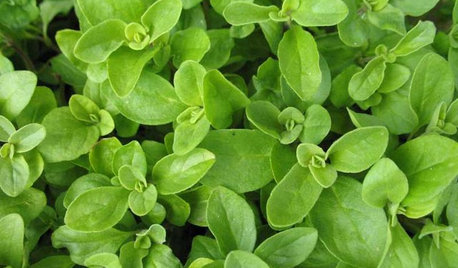
EDIBLE GARDENSHerb Garden Essentials: Grow Your Own Oregano and Marjoram
Say 'buon giorno' to classic Italian herbs you can grow just as easily in pots as in the summer garden
Full Story
EDIBLE GARDENSHow to Grow Your Own Luscious Cherries
Nope, they’re not the easiest fruit to grow. But with spectacular blossoms and pies as possibilities, cherries are sure worth a try
Full Story
GARDENING GUIDESHerb Garden Essentials: Grow Your Own Delicious Mint
Pull out a pot for this one. Mint's spreading habit and hard-to-kill nature can be a blessing — if you're properly prepared
Full Story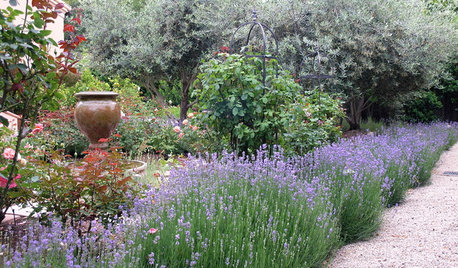
FLOWERSHerb Garden Essentials: Grow Your Own Fragrant Lavender
This do-it-all plant is ideal for almost any garden, and its uses are abundant around the home
Full Story
EDIBLE GARDENSHow to Grow Your Own Peaches and Nectarines
Make gardening a little sweeter with these juicy fruits, which you can eat after plucking or preserve for later
Full Story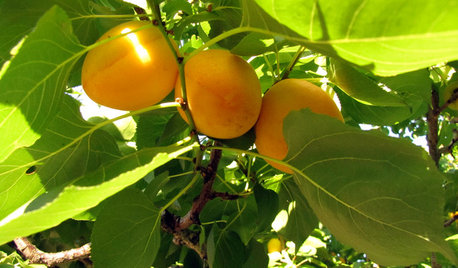
EDIBLE GARDENSHow to Grow Your Own Apricots
Velvety fruit, pretty blossoms and interesting bark make apricot trees a delight — and they’re great for smaller gardens
Full Story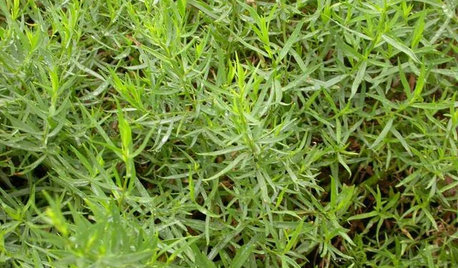
EDIBLE GARDENSHerb Garden Essentials: Grow Your Own Tarragon
Cooks swear by the spicy anise flavor of this seasoning, which is a favorite in French cuisine
Full Story
EDIBLE GARDENSHow to Grow Your Own Sweet Summer Crops
This guide will help any gardener get started on growing the freshest warm-season veggies and berries for summer
Full Story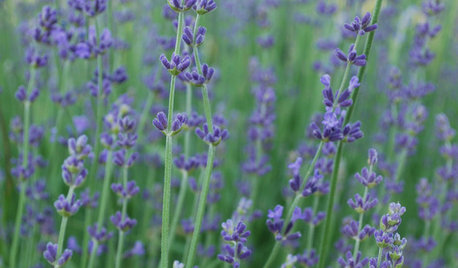
EDIBLE GARDENSHow to Grow Your Own Cocktail Garden
Conceivably, anything edible could find its way into a cocktail. Why not make the route rather short?
Full Story






rj_hythloday
jkmulcare
Related Professionals
Wareham Landscape Architects & Landscape Designers · Mooresville Landscape Contractors · Pottstown Landscape Contractors · Allentown Landscape Contractors · Conroe Landscape Contractors · Hickory Hills Landscape Contractors · Holtsville Landscape Contractors · Merced Landscape Contractors · New Braunfels Landscape Contractors · New Cassel Landscape Contractors · Panama City Beach Landscape Contractors · Salem Landscape Contractors · Winter Gardens Landscape Contractors · Albany Driveway Installation & Maintenance · Hockessin Driveway Installation & Maintenancedi_h
digdirt2
never-give-up
sprouts_honor
sinfonian
glib
glib
louisianagalOriginal Author
davidandkasie
anniesgranny
plant-one-on-me
allenwrench
spacewaya
lilacs_of_may
cabrita
richard30
nygardener
reba_nc
bobboberan
lantanascape
greenbean08_gw
lilacs_of_may
misskimmie
Beeone
lilacs_of_may
greenbean08_gw
lilacs_of_may
kioni
oregonjeannie
jrslick (North Central Kansas, Zone 5B)
gardengalrn
gardengalrn
athenainwi
bettyinga
ediej1209 AL Zn 7
zeedman Zone 5 Wisconsin
wildlifeman
marbles_n_the_garden
caflowerluver
trianglejohn
everythingirl1
denninmi
glib
greenbean08_gw
violet_sky
john_z11
clumsygrdner
californian